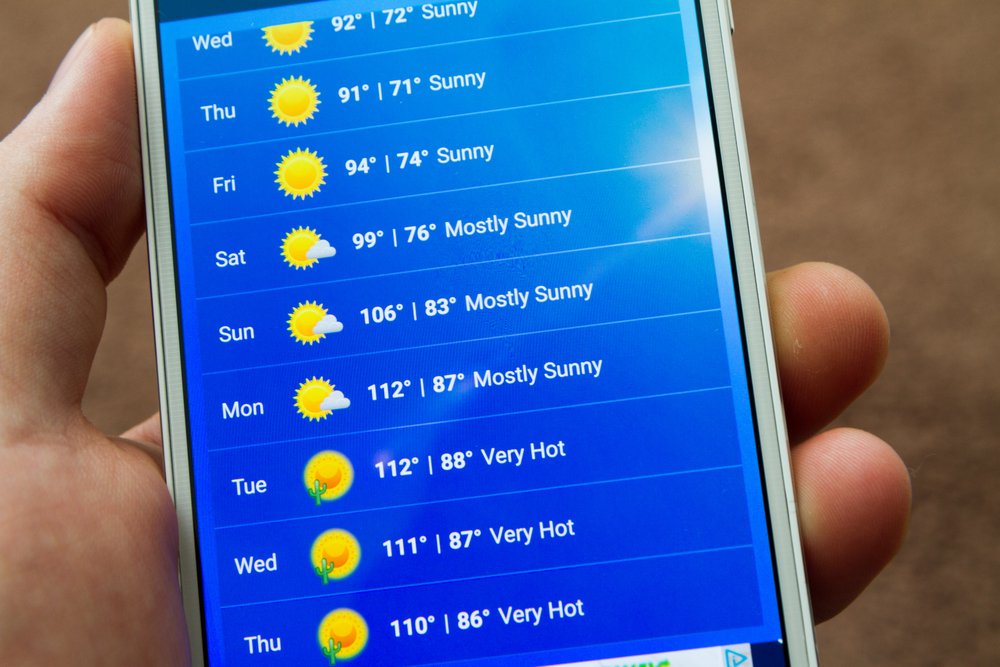On June 22, the Occupational Safety and Health Administration (OSHA) invited small businesses to participate in the development of a federal heat standard to protect indoor and outdoor workers.
The agency unveiled plans to hold OSHA Small Business Advocacy Review Panel meetings this summer to gather views on the possible effects of a heat standard on small businesses. OSHA urged small business owners and representatives from local governments to participate.
On October 27, 2021, OSHA published an advance notice of proposed rulemaking (ANPRM) for heat injury and illness prevention in outdoor and indoor work settings, which contained 114 questions about a potential standard.
The agency reported receiving 965 unique comments from stakeholders responding to questions included in the ANPRM.
OSHA is developing options for various elements of a heat-specific standard based on comments received, along with academic literature; best practices from state heat-specific standards; and other input from experts, stakeholders, and the public.
California and Oregon have state standards for heat illness prevention, and Minnesota has a standard for hot and cold work environments. Washington has had emergency heat illness prevention rules and is developing a permanent standard for occupational heat exposure hazards.
Topics to be covered in the federal small business review will include potential options for:
- A programmatic approach to heat injury and illness prevention,
- The scope of a potential standard,
- Heat hazard identification and assessment,
- Heat hazard prevention and control measures,
- Medical treatment and heat-related emergency response procedures,
- Worker training and education, and
- Recordkeeping requirements.
OSHA is looking for small business participants from a wide swath of industry sectors, including:
- Agriculture, forestry, fishing, and hunting;
- Mining, quarrying, and oil and gas extraction;
- Construction, manufacturing, and utilities;
- Retail trade (building material suppliers);
- Wholesale trade (construction materials wholesalers and lumber wholesalers);
- Information (wired and wireless telecommunications carriers), finance, and insurance (insurance appraisal services);
- Real estate and rental and leasing (commercial and industrial machinery and equipment rental and leasing); and
- Professional, scientific, and technical services (surveying and mapping services).
Heat is the leading cause of death among all weather-related phenomena in the United States, according to OSHA. Excessive heat exacerbates existing health conditions like asthma, heart disease, and kidney failure, and heat exposure can cause heat stroke and even death if not treated properly and promptly.
The agency cited Bureau of Labor Statistics (BLS) injury and illness data showing there were 33,890 work-related heat injuries and illnesses involving days away from work from 2011 to 2020, with an average of 3,389 injuries and illnesses a year.
BLS fatal injury data shows that 999 U.S. workers died from heat exposure from 1992 to 2021.
In 2022, OSHA launched a national emphasis program (NEP) of outreach and enforcement to address indoor and outdoor heat-related hazards. OSHA local area offices initiate inspections whenever the National Weather Service issues a heat warning or an advisory for a local area.
Industries targeted by the NEP include those in the agricultural, construction, and manufacturing sectors, as well as automobile dealerships, postal service, and freight and rail transportation.
The NEP allows inspectors to make self-referrals to initiate inspections if they observe workers exposed to heat during their daily travels.

